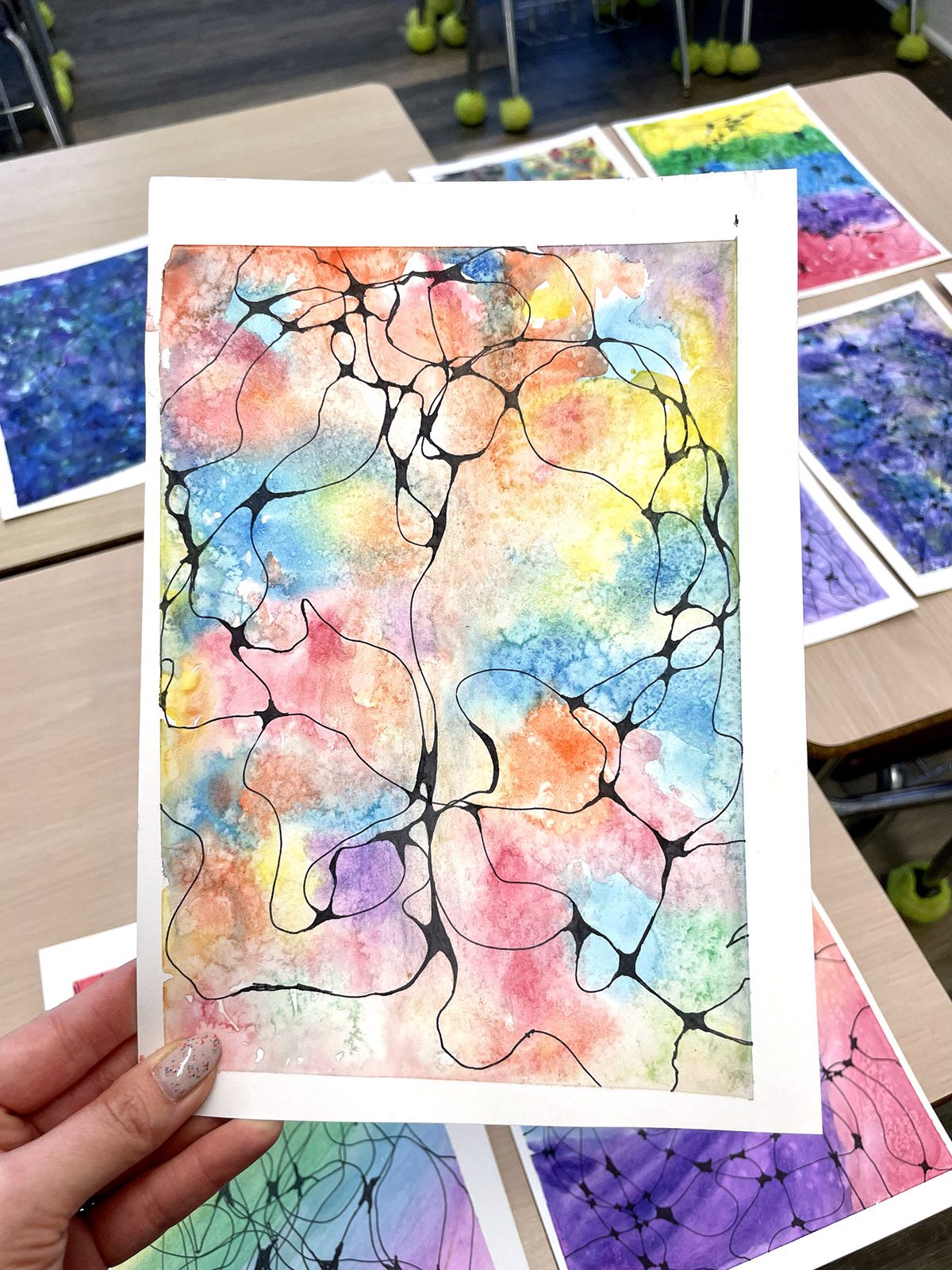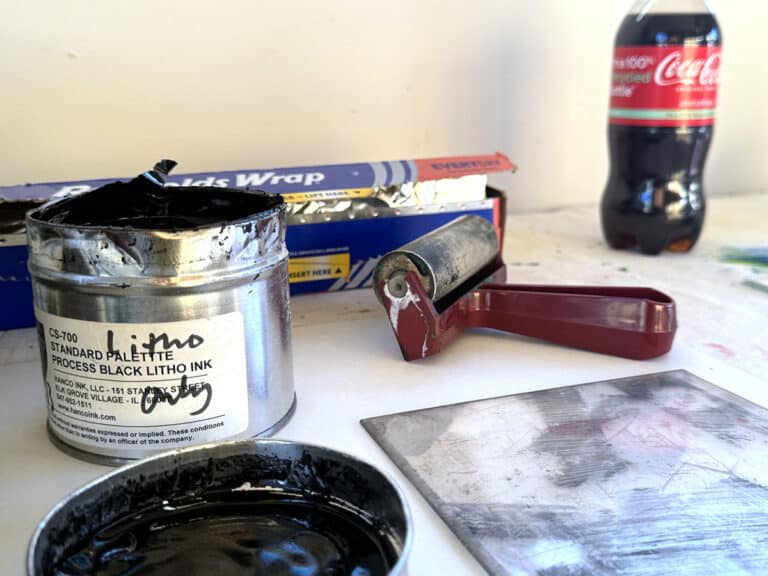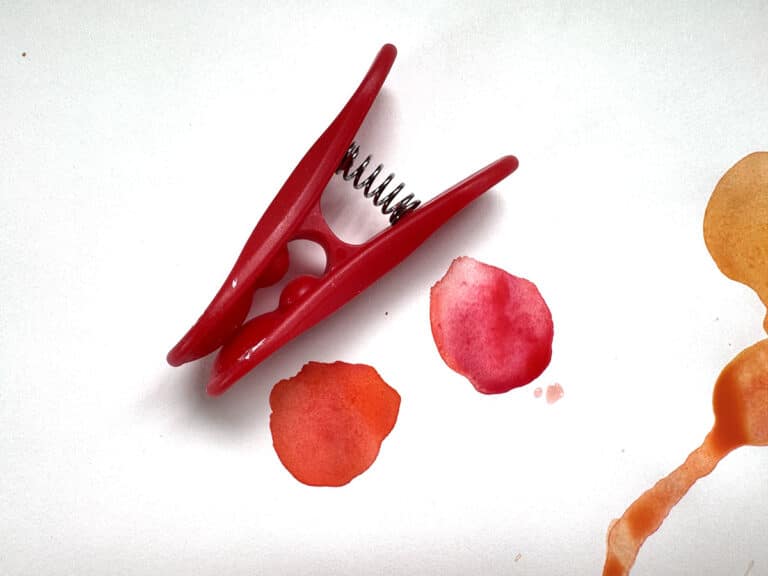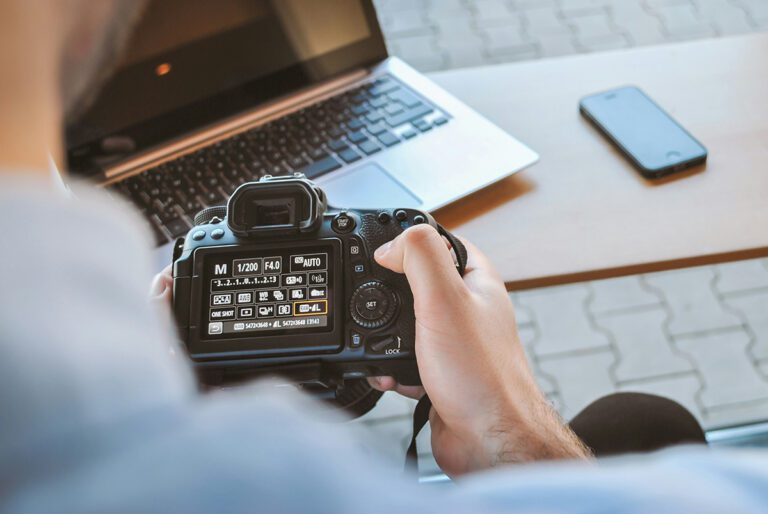Summer is your well-deserved time to relax and recharge after a long school year. Make the most of your break and combine winding down with creativity by making neurographic art. Grab your favorite art supplies (or experiment with some new ones!) and kick off the warm days ahead by immersing yourself in a creative flow. Build an artmaking habit with neurographic art to enjoy a calm and focused mind—a nice reprieve from a loud and hectic year!
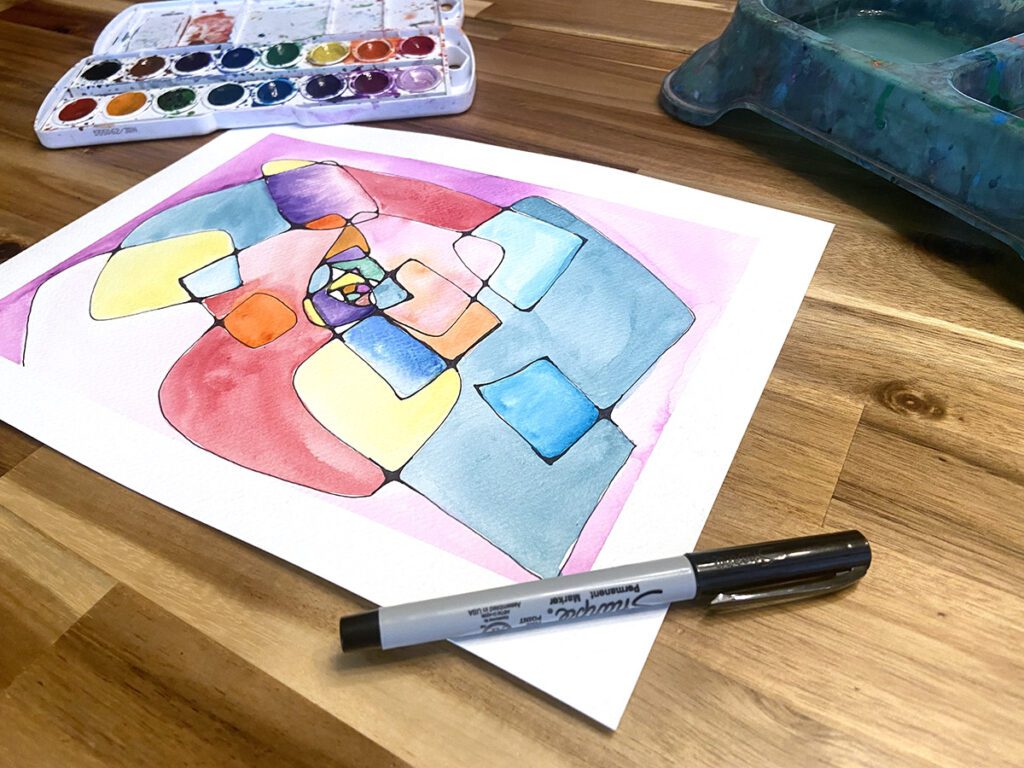
What is neurographic art?
Developed by Russian psychologist Pavel Piskarev in 2014, neurographic art is a structured yet free-flowing method of artmaking. Unlike traditional drawing which often focuses on replicating a specific image, neurographic art centers on creating organic, neuron-like lines and shapes. These lines are then transformed by rounding sharp corners to create a visually calming and aesthetically pleasing artwork.
Why is neurographic art the perfect creative exercise for everyone?
One of the significant benefits of neurographic art is its ability to unlock creative potential. Similar to Surrealist methods like automatism, the neurographic process is designed to bypass the critical mind. It allows individuals to express themselves freely without judgment or the pressure of achieving a perfect outcome. This freedom fosters exploration and experimentation, encouraging you to venture beyond your comfort zone.
Here are five more ways neurographic art can help de-stress:
- Focuses on the process.
Neurographic art focuses on the act of creation rather than the final product. This emphasis on the process allows artists to embrace the joy of making art without getting caught up in achieving a specific result. - Eliminates mistakes.
The core techniques, like creating freeform shapes and rounding sharp corners, transform what may initially appear as an error into an integral part of the artwork. This freedom allows creative risk-taking and experimentation without fear of failure. - Engages the right brain.
The repetitive line work taps into the right brain, which is the hemisphere associated with creativity, intuition, and emotional processing. This right-brain engagement helps with generating ideas, a whole brain activity. - Improves focus.
The repetitive nature also can enhance concentration and focus. Practice mindfulness by directing attention to the present moment and the creation of each stroke. - Enhances emotional processing.
Neurographic art can serve as a tool to help process difficult emotions. The act of judgment-free creating can provide a safe space to express anxieties and frustrations in a visual way.
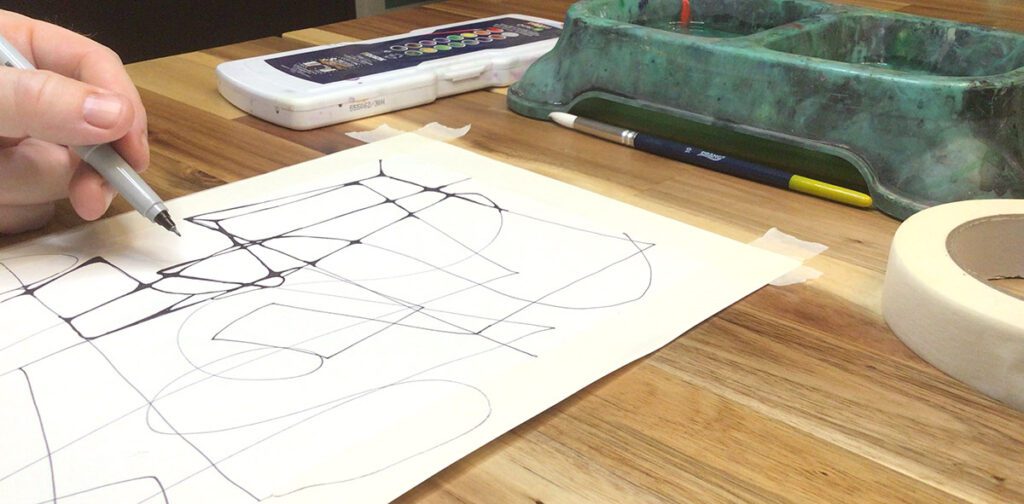
How do you make neurographic art?
The beauty of neurographic art lies in its simplicity. Generally, the process involves starting off with a very quick non-objective line drawing. Then, look back at the intersections and round off the corners. The steps are very straightforward for any skill level.
Take your neurographic drawings to the next level with these two hacks:
- Close every shape.
Ensure all lines go to the edge of the composition or are connected to another line for cohesion and balance. - Mask around the perimeter.
A clean border will make the composition look more polished and presentable.
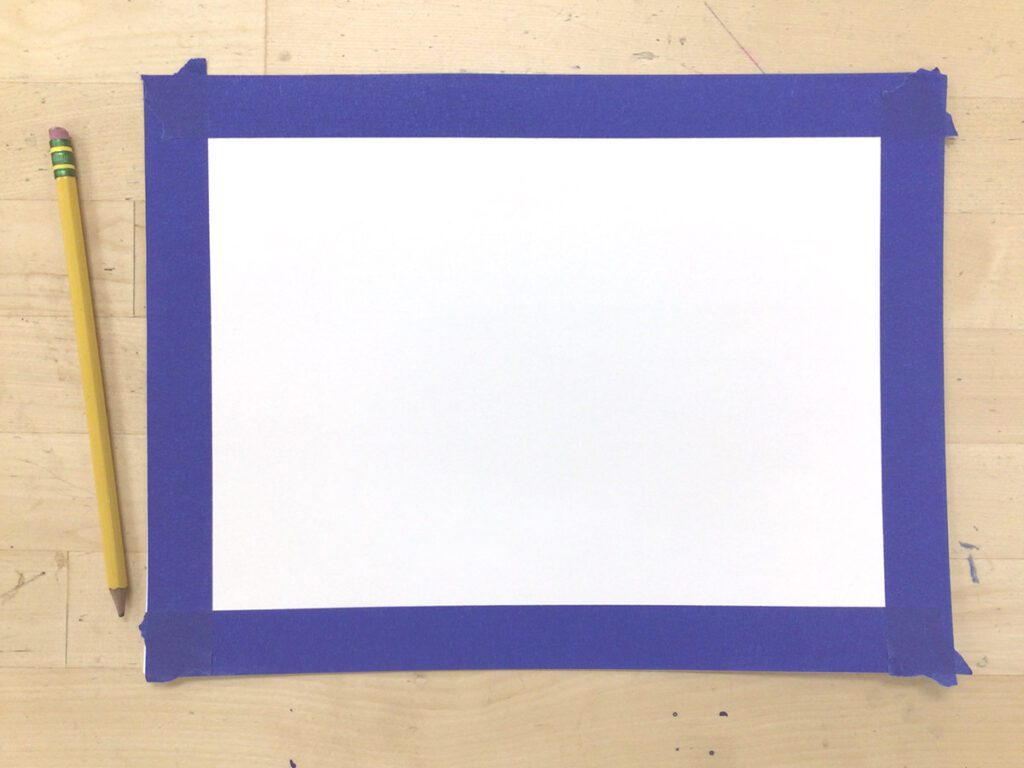
Try these neurographic prompts to get started:
We often assume requirements stunt creativity. Did you know the opposite is true? Creating parameters can be surprisingly liberating and encourage deeper creative thinking. Plus, blank pages can be intimidating, no matter how old or experienced you are! Give yourself a little push to think outside of the box and tackle your blank page with prompts as a guide.
Try these prompts:
- Emotions
Choose an emotion you are experiencing right now (such as joy, sadness, or anger) and capture it with line quality and color. - Nature
Use lines to represent leaves, branches, or flowing water. - Music
Listen to a song and illustrate the sounds and emotions they evoke with lines and shapes. - Mandala
Begin your mindful drawing journey with a large circle divided radially. Start at the circumference and spiral into the center. - Maps
Close your eyes, imagine an ideal space, and pretend you are walking through and exploring. Draw lines and shapes to map out your journey. - Found Object Stencils
Trace found objects (such as a roll of tape or a pair of scissors) and repeat them to create overlapping shapes and a full composition.
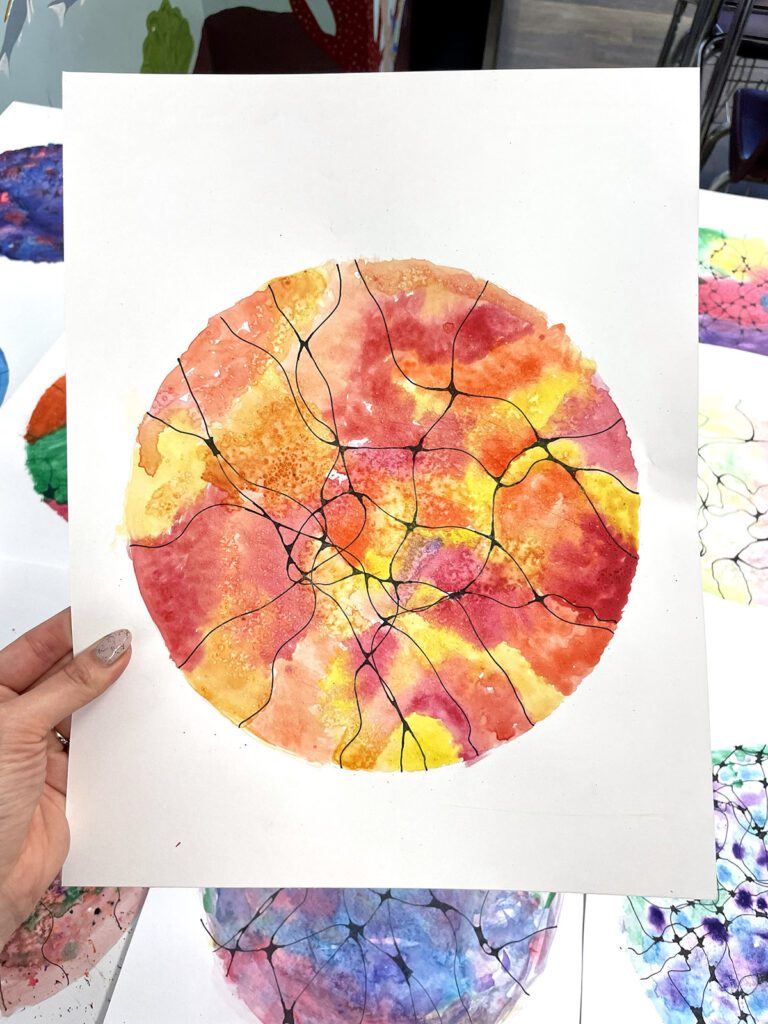
How do you bring neurographic art into the classroom?
The benefits neurographic art can have for you can also apply to your students. It’s a versatile lesson idea and technique that can be a quick one-day lesson or a longer process in a full-blown unit. Plus, it requires minimal supplies, making it a go-to activity for guest teachers. It’s also perfect for the beginning of the year when you haven’t received your supply order yet or the end of the year when you’re out of supplies!
No matter what you and your students need, fit neurographic art into your curriculum with these ideas:
- Warm Up
Dedicate five minutes at the beginning of class for a “mindful moment” with a small neurographic drawing. - First Activity of the Year
Use neurographic art as a fun and easy first activity of the year to get students excited about art and experience success! - Standardized Testing Week
Transform these long few days into a wellness week to give students tools to help them cope with stress. - Substitute Plans
Put neurographic art prompts in your folder of sub plans to keep things running smoothly when you are out sick. Chances are, your guest teacher will have a blast joining in too! - One-Day Lesson Idea
Make neurographic art alongside your students to de-stress and give yourself an extra day to plan the next lesson.
Neurographic art is an accessible and rewarding form of artmaking. It can nurture creativity, mindfulness, and emotional well-being in students of all ages and abilities. By encouraging free expression, eliminating the fear of mistakes, and tapping into the power of the right brain, neurographic art empowers the exploration of artistic potential and self-discovery. With all of these benefits, don’t hesitate to give it a try this summer! When you end up loving your calm and focused mindset, you’ll be so excited to bring this experience to your students in the fall. Grab your favorite drawing materials and let’s dive into a creative flow together!
What is your favorite stress-relieving art technique?
How do you foster calm in your summer routine and classroom environment?
Magazine articles and podcasts are opinions of professional education contributors and do not necessarily represent the position of the Art of Education University (AOEU) or its academic offerings. Contributors use terms in the way they are most often talked about in the scope of their educational experiences.
